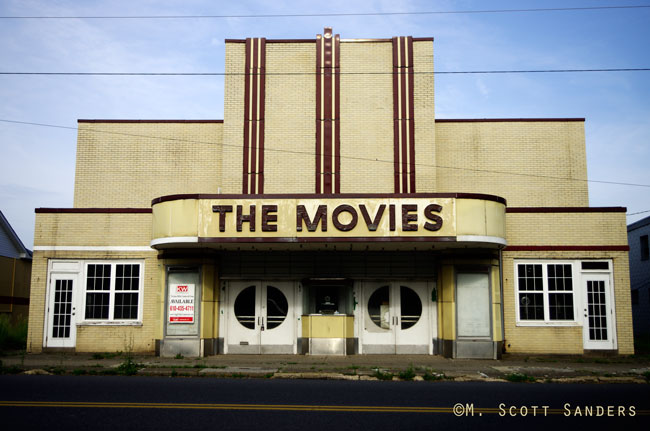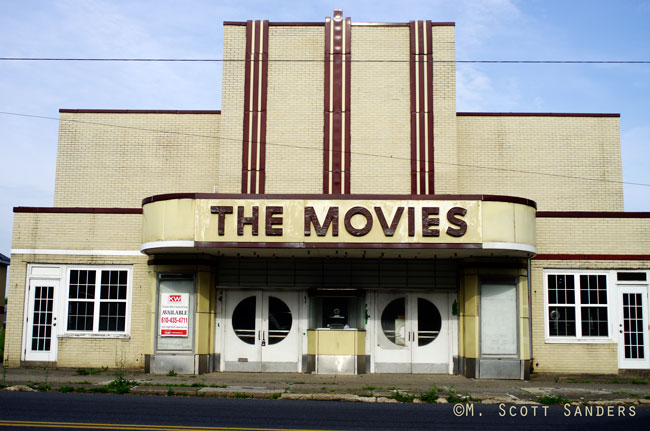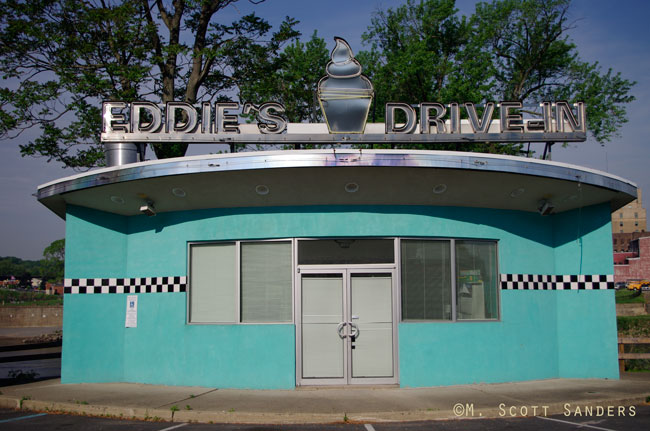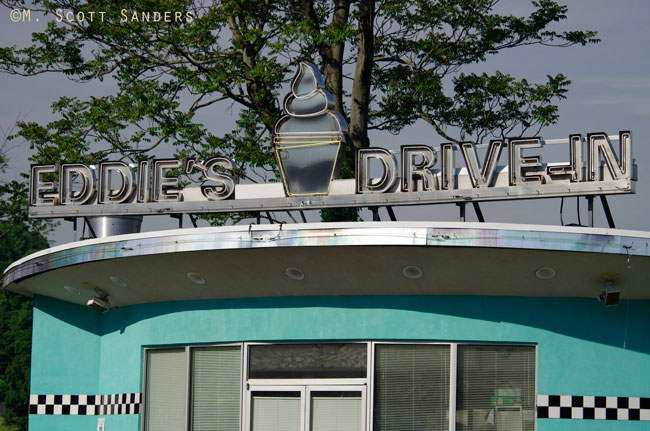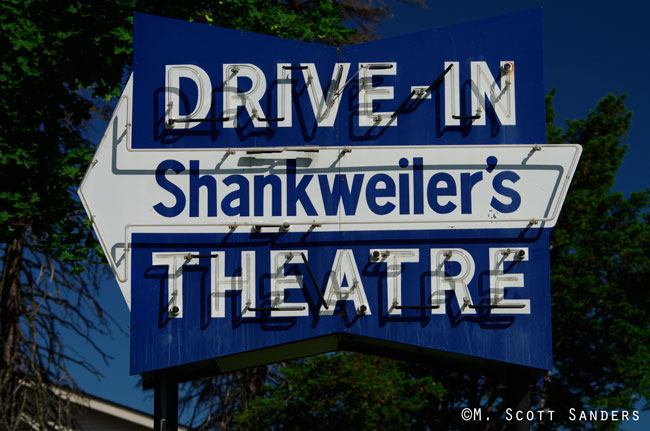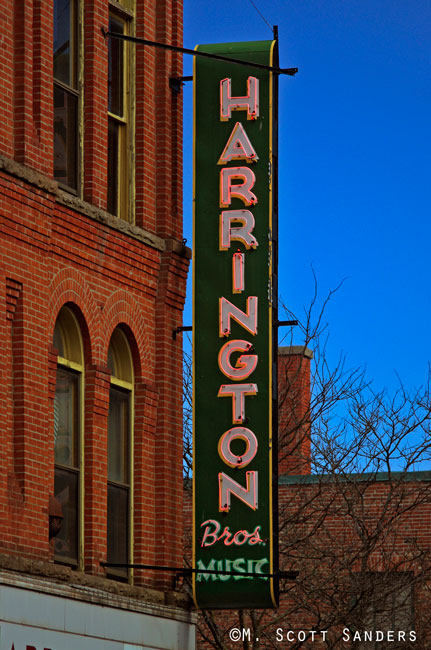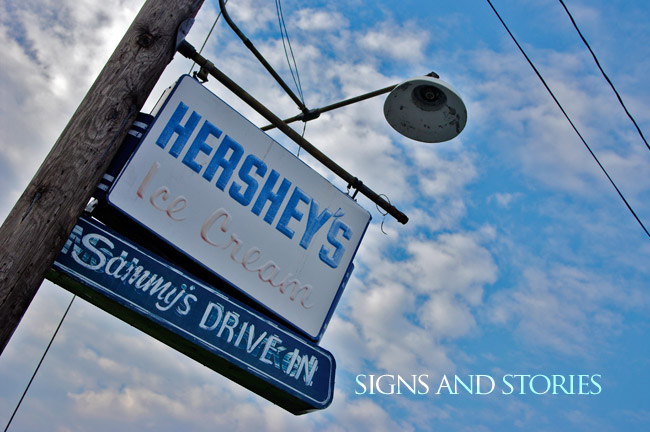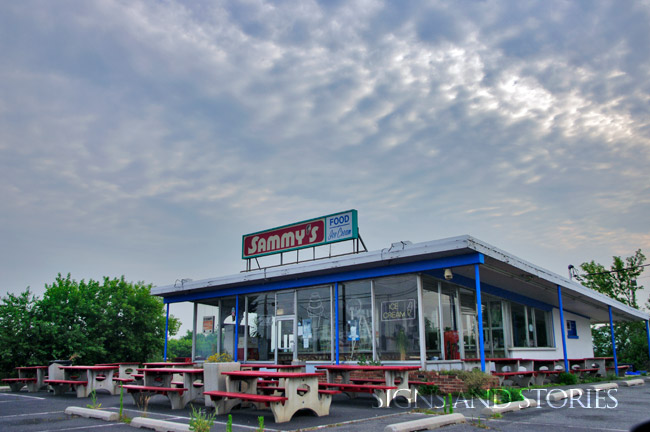Walker Evans and I were not formally introduced. It had something to do with the fact that I was four years old when he died and we didn’t run in the same circles, something like that. He was a photographer who is most known for documenting the south during the height of the Depression. I ate paste.
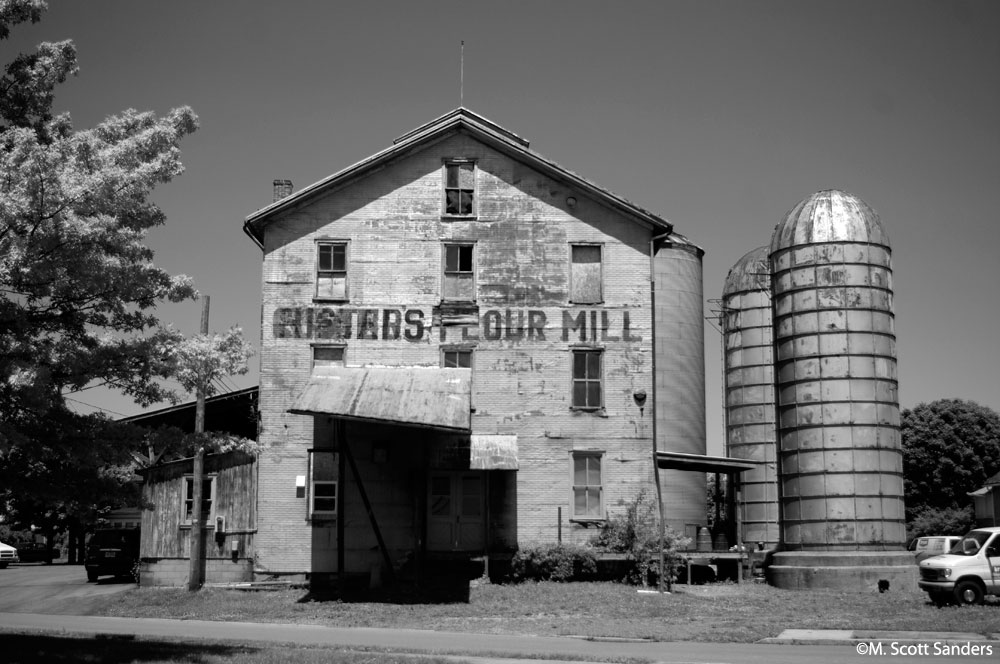 When I first started doing Instagram, I posted a picture of the Flour Mill above. One of my friends, who is an architect and knows about stuff, complimented me and said it reminded him of Walker Evans. I thanked him, then promptly Googled ‘Walker Evans.’ Pretty quickly, I realized how much of a compliment it was, even though I had no intention of taking this or any other picture in anybody’s style.
When I first started doing Instagram, I posted a picture of the Flour Mill above. One of my friends, who is an architect and knows about stuff, complimented me and said it reminded him of Walker Evans. I thanked him, then promptly Googled ‘Walker Evans.’ Pretty quickly, I realized how much of a compliment it was, even though I had no intention of taking this or any other picture in anybody’s style.
Then, a few months later, I crossed over the Free Bridge from Easton, PA to Phillipsburg, New Jersey. There were a couple of neons in Phillipsburg I was after, including Eddie’s Drive-In, right along the river. A friend had mentioned Jimmy’s Hot Dogs was a good place to eat, and it was within walking distance of where I was, so I toddled on over and got a couple of their finest. Along the walls they had pictures, old, historic. They were by Walker Evans. He had been to this spot back in the 30’s, had taken a picture of Jimmy’s original location.
It was odd to me, that he had some connection to the area. Most of the pictures I had seen of his were all in the South. I made the natural assumption that he was from the South, but he wasn’t, he was a New Yorker. He took a lot of pictures of buildings. Small houses, churches. Usually face-on, full sun, just like the picture I took of the flour mill.
And signs. Not often the neons that I favor, but hand-painted and crude ones. Recently, I came across this one I took at a farm stand in 2009, which fits in with his style:
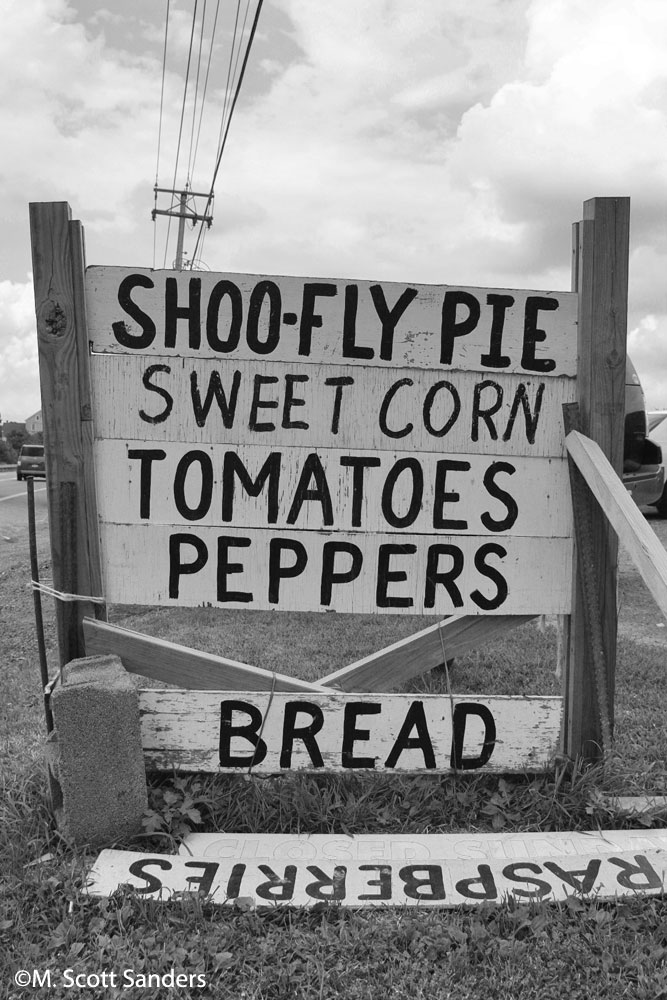
Two weeks ago I purchased a copy of Walker Evans’ American Photographs from 1938. Sure enough, four of the images in the second section of the book were taken in Easton, Phillipsburg, and Bethlehem. The image of Phillipsburg was not one I had seen in Jimmy’s, but I recognized it right away. It was taken from the Easton side, with the Free Bridge on the left. Eddie’s Drive-In was not visible, but in its place, was a large building that says, prominently, Pennsylvania Railroad.
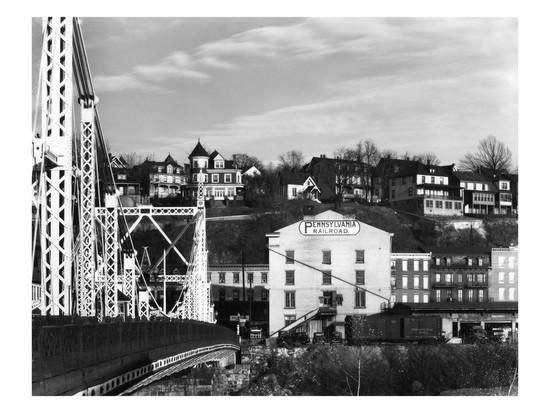
Off to Easton we went. Laura was dying to go to the Easton Farmer’s Market, anyway, and it was a beautiful day.
I knew where the above shot was taken, but I didn’t want to take the same shot, although it was tempting. So I crossed the bridge, and parked in the lot where the train car at the bottom right sits in the picture above. I got out, and took a picture from the other side. It seemed appropriate.
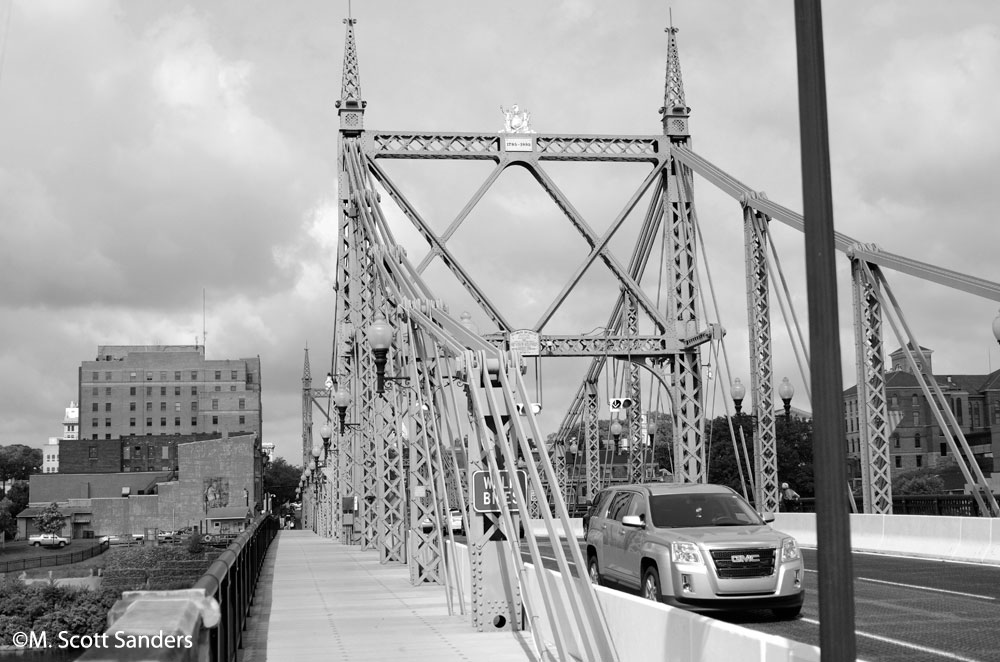 Also, look back at Evans’ picture, at the buildings visible just to the right of the railroad building and just to the left of the bridge. Believe it or not, those buildings still stand, restored.
Also, look back at Evans’ picture, at the buildings visible just to the right of the railroad building and just to the left of the bridge. Believe it or not, those buildings still stand, restored.
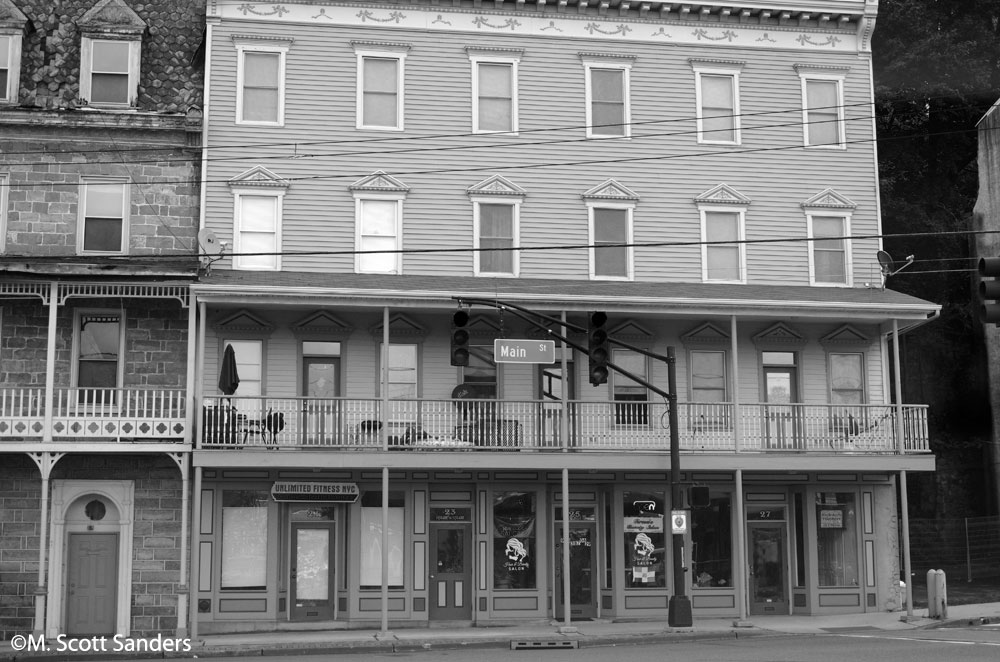 We came back over the Free Bridge and parked, and along the way to the Farmer’s Market, I saw a shop that seemed to step right out of the 1930’s in every single way. I figured, why not? If I’m going to do an hommage, I might as well go the whole hommage.
We came back over the Free Bridge and parked, and along the way to the Farmer’s Market, I saw a shop that seemed to step right out of the 1930’s in every single way. I figured, why not? If I’m going to do an hommage, I might as well go the whole hommage.
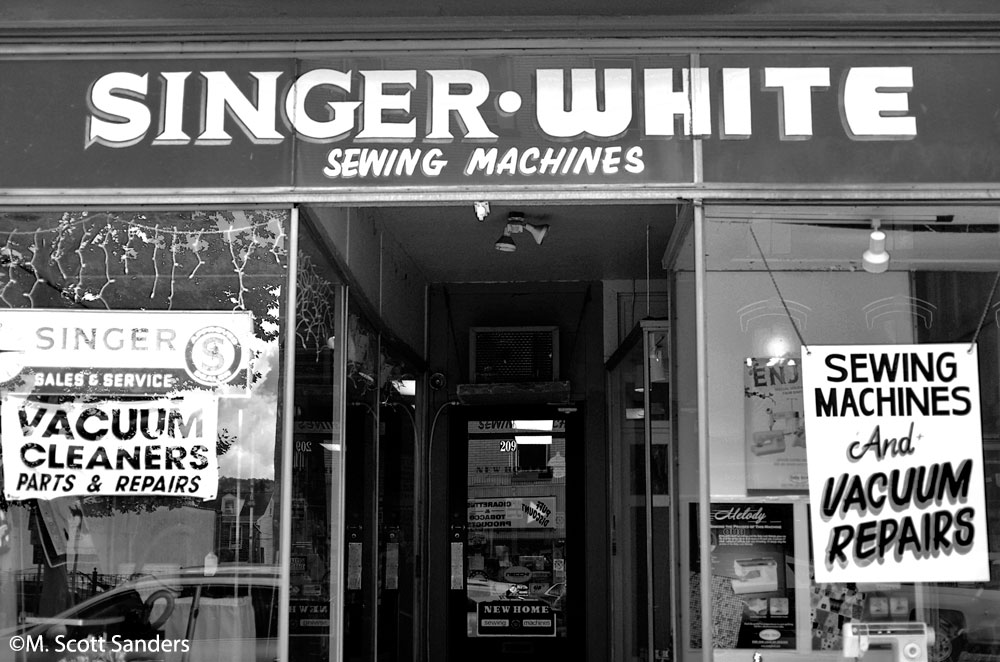 And off we went, figuring we had done a day’s work. The Farmer’s Market was terrific, and we loaded up on fresh produce and bread and kombucha.
And off we went, figuring we had done a day’s work. The Farmer’s Market was terrific, and we loaded up on fresh produce and bread and kombucha.
We drove home and that was it.
Well, not quite.
So, when I was looking at American Photographs, I saw something. There were two pictures of Bethlehem, back-to-back. Both were taken from the top of a hill, looking down. Both had a line of homes off to the right. Same angle, same everything, and I thought, These look like they were taken in the same spot, same day, same everything. I looked closer and I noticed a spire off in the distance. That’s the same spire. These were taken maybe a block away from each other. I filed that away.
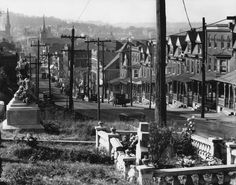
Back to our car. I got on 78 and went west, and around the exit for Bethlehem, traffic came to a screeching halt. Laura looked at me with her try-the-scenic-route eyes. Sure, just go through Bethlehem, I thought. And find where those pictures were taken.
One day in November 1935, Walker Evans was traveling with the photographer Peter Sekaer and his wife as part of a project of the Farm Security Administration. They ended up on 4th Street in South Bethlehem, where the second of the two Bethlehem pictures in American Photographs was taken.
So why there? I wondered.
I drove up 4th Street in South Bethlehem. The road comes to a rise in the middle and then drops down into the city, so I felt sure that one of the pictures was taken on this road. As I got to the top, sure enough, I saw it, To the left was the cemetery, to the right, a row of old brick homes, standing much as they did in 1935. I cut left at the next block for two reasons: one, to get back to where the first shot was taken and two, to find where the second shot was taken.
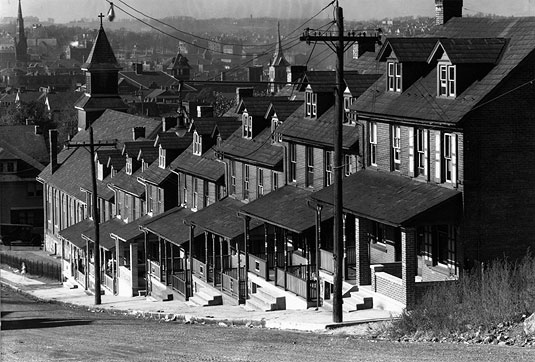
This was the second shot in the book. I came right around this corner, down where the car is in front of the church, and I saw the severe angle up the street, culminating in…that same cemetery. I got halfway up the hill and couldn’t resist. I got out, and tried to remember how the above picture looked. In all, not quite, but in the ballpark.
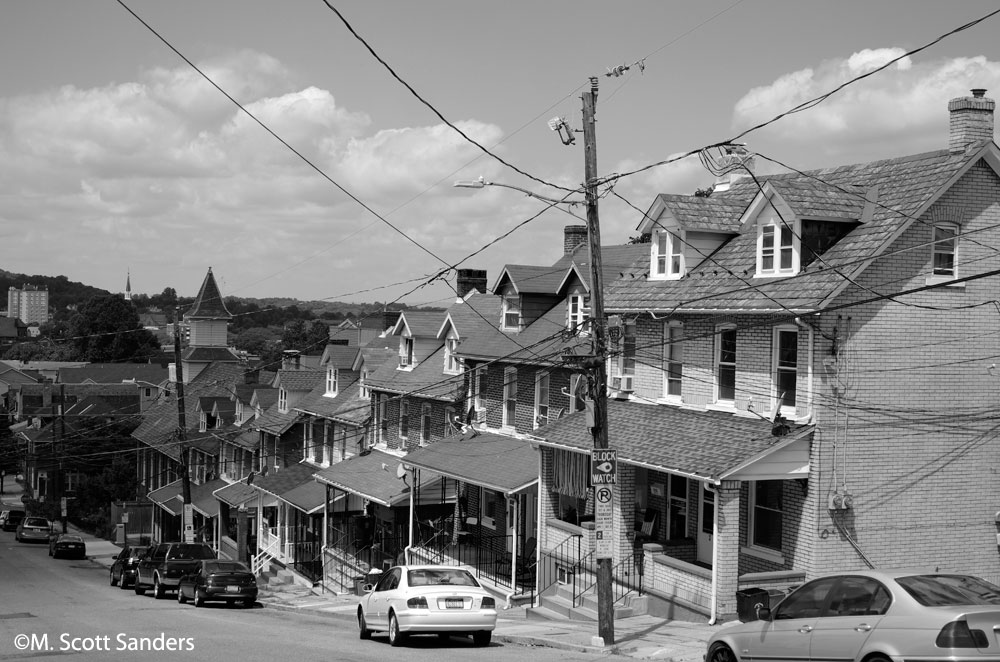 The cemetery, though. Not a coincidence. When I got to the top of the hill, I knew exactly why Evans and Sekaer had chosen it.
The cemetery, though. Not a coincidence. When I got to the top of the hill, I knew exactly why Evans and Sekaer had chosen it.
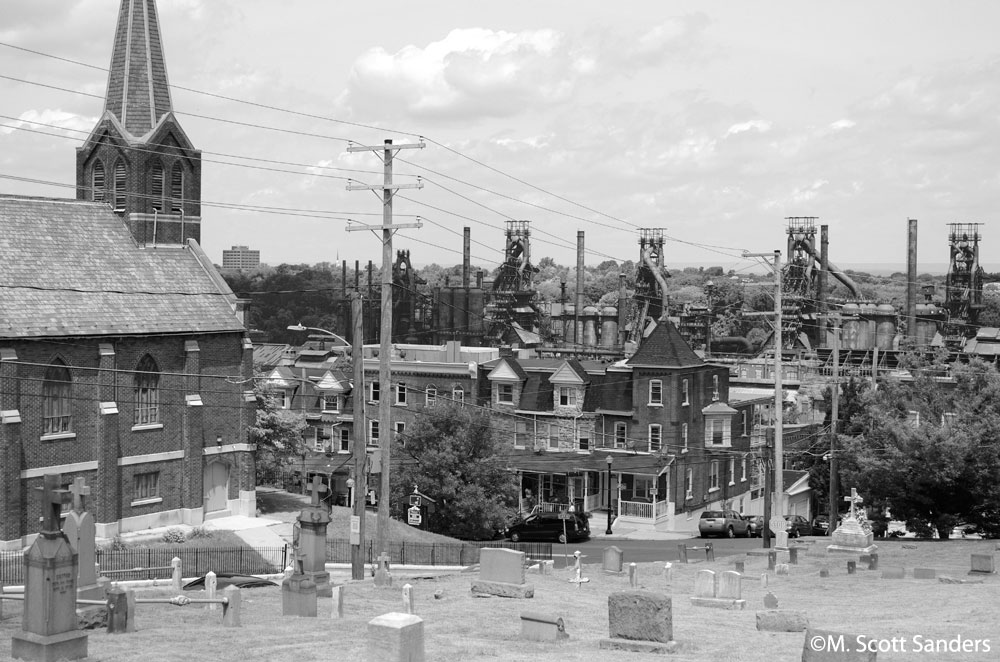 There was Bethlehem Steel, right there in the background. My complete ignorance really worked in my favor here. I really hadn’t studied Walker Evans and I only knew a few of his photographs, so I hadn’t seen this one:
There was Bethlehem Steel, right there in the background. My complete ignorance really worked in my favor here. I really hadn’t studied Walker Evans and I only knew a few of his photographs, so I hadn’t seen this one:
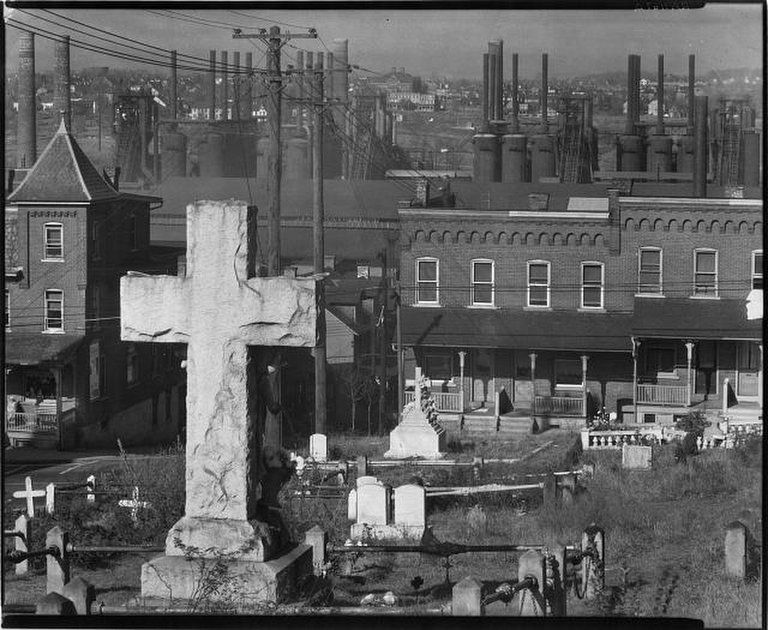
…which I would have tried to recreate. First of all, I would have been frustrated, because that cross no longer exists, and second, I had already done so with the street picture a few minutes ago, and that picture already felt like I was encroaching on his territory. But since I didn’t know, I had the freedom to explore. I took this shot of the church, using a high f-stop to get everything in focus, very much like some of Evans’ shots.
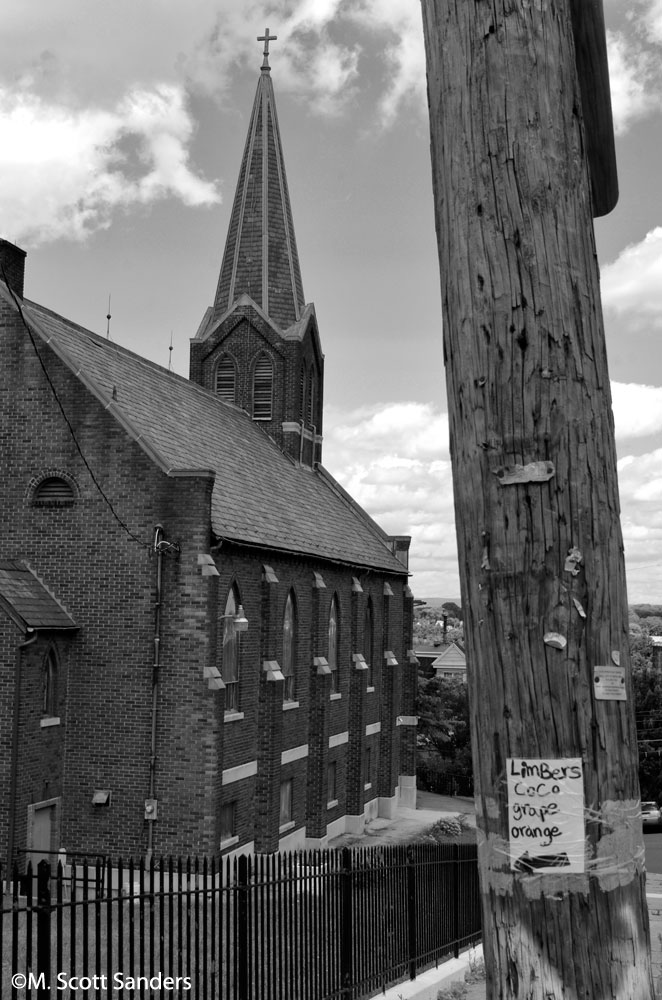
…with the added bonus of some hand-written signage on the pole.
The first shot from American Photographs was now impossible, because trees have been planted along the cemetery, blocking that view. So, again, I was saved from the temptation of recreation. I stood at the corner, high above the sidewalk, and spotted an elaborate grave. It was cool and old, so I shrugged, and took the shot.
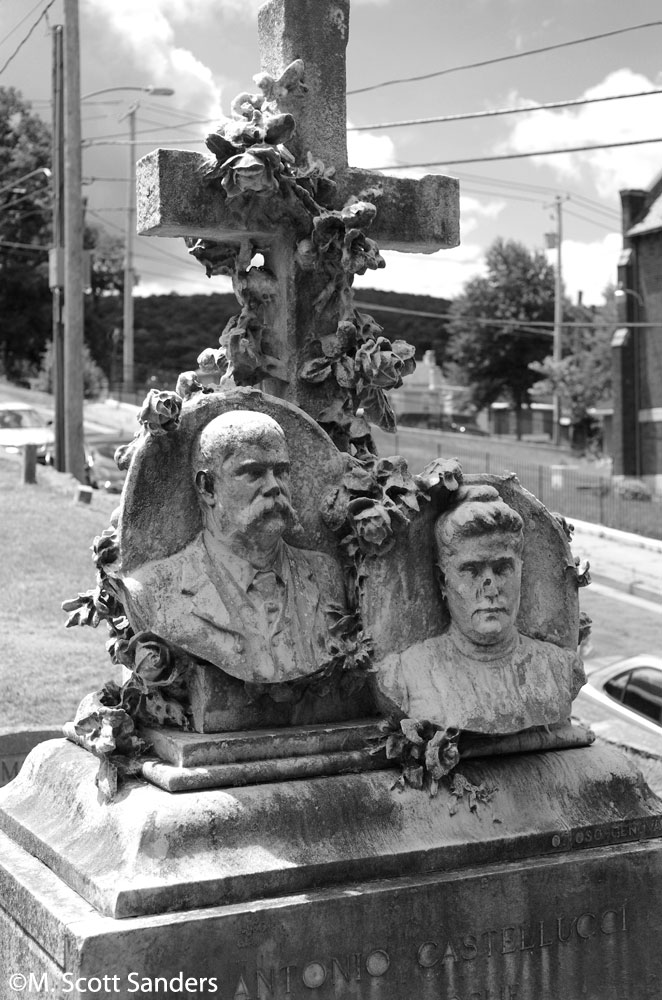
Not knowing that Walker Evans, in fact, took the same shot. From straight on, of course, which I should have guessed.
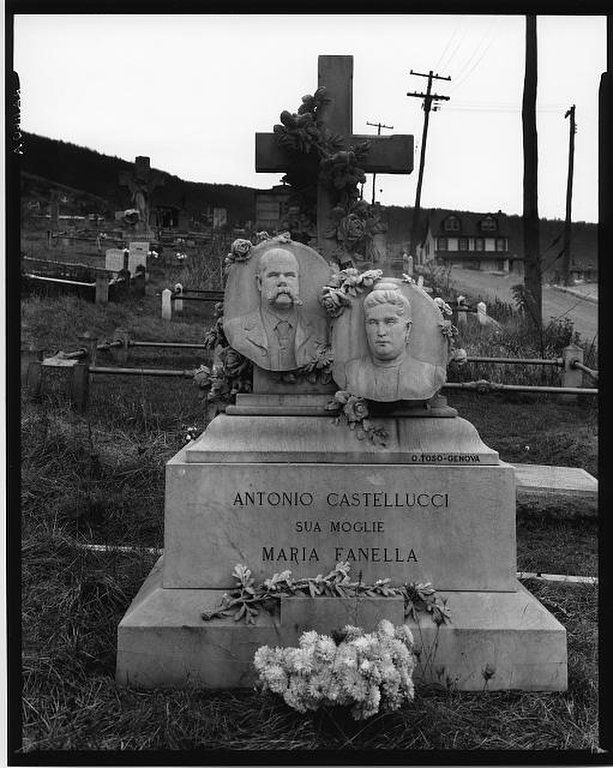
Later, when I saw the above picture, I was pretty startled. When I saw the next picture, I was floored. Since Peter Sekaer, another great photographer in his own right, was along for the ride, he must have been taking pictures. And so, a picture exists of Walker Evans taking the very picture directly above.
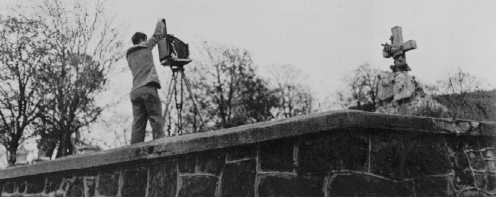 As I saw the gigantic view camera on the tripod, I was amazed how easy it is for me to go around getting shots of everything. During the last years of his life, he took photographs specifically with a Polaroid, because due to ill health, it was much easier on him not lugging around all that equipment.
As I saw the gigantic view camera on the tripod, I was amazed how easy it is for me to go around getting shots of everything. During the last years of his life, he took photographs specifically with a Polaroid, because due to ill health, it was much easier on him not lugging around all that equipment.
So, this was the question that rolled around in my mind as I trudged back through the old cemetery: what would Walker Evans take photographs of today? You’d think that could be the subject of another blog post. And you’d be right.


